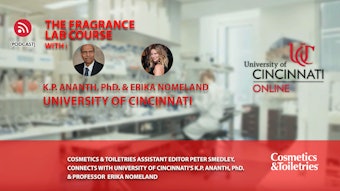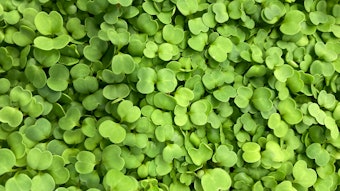Today’s consumers worldwide are looking for personal care products that supply multiple benefits with minimal effort. They also expect the latest technology advances to be incorporated into innovative formulations. Faced with these trends, formulators strive to develop highly differentiated, multifunctional products that focus on treatment as well as aesthetics. A significant number of novel products are based on a new generation of active ingredients. With these emerging actives comes a range of formulation challenges, including stability control and the complications of combining several actives into a single cosmetic product.
A recent research focus at Dow Corning has been directed toward delivering or enhancing actives in final formulations. Studies have highlighted the ability of silicone-based technologies to meet these objectives while providing a range of desirable features and benefits. A delivery system is usually defined as any type of material capable of making an active available for a targeted site of action. Using this definition, personal care delivery systems range from the simplest concepts such as volatile carriers for actives, to increasingly sophisticated technologies like encapsulation, with the capability of providing controlled or sequential release of the active. Table 1 describes the different categories of delivery systems and the features of each.
Here, the use of silicone delivery technologies in skin and hair care applications is presented. This article focuses on how silicones in physical association with various active ingredients can function as delivery vehicles for the actives. In the most basic example of this concept, aluminum zirconium tetrachlorohydrex GLY, an active ingredient used in antiperspirant applications, is suspended in a vehicle based on volatile silicones. The anhydrous vehicle reduces stickiness and protects the activated salts from hydrolysis. The active is released when the volatile silicone evaporates. This approach has been expanded to ingredients such as fragrances and conditioning ingredients in product forms such as cuticle coats. For the complete article, click on "Purchase this article."










